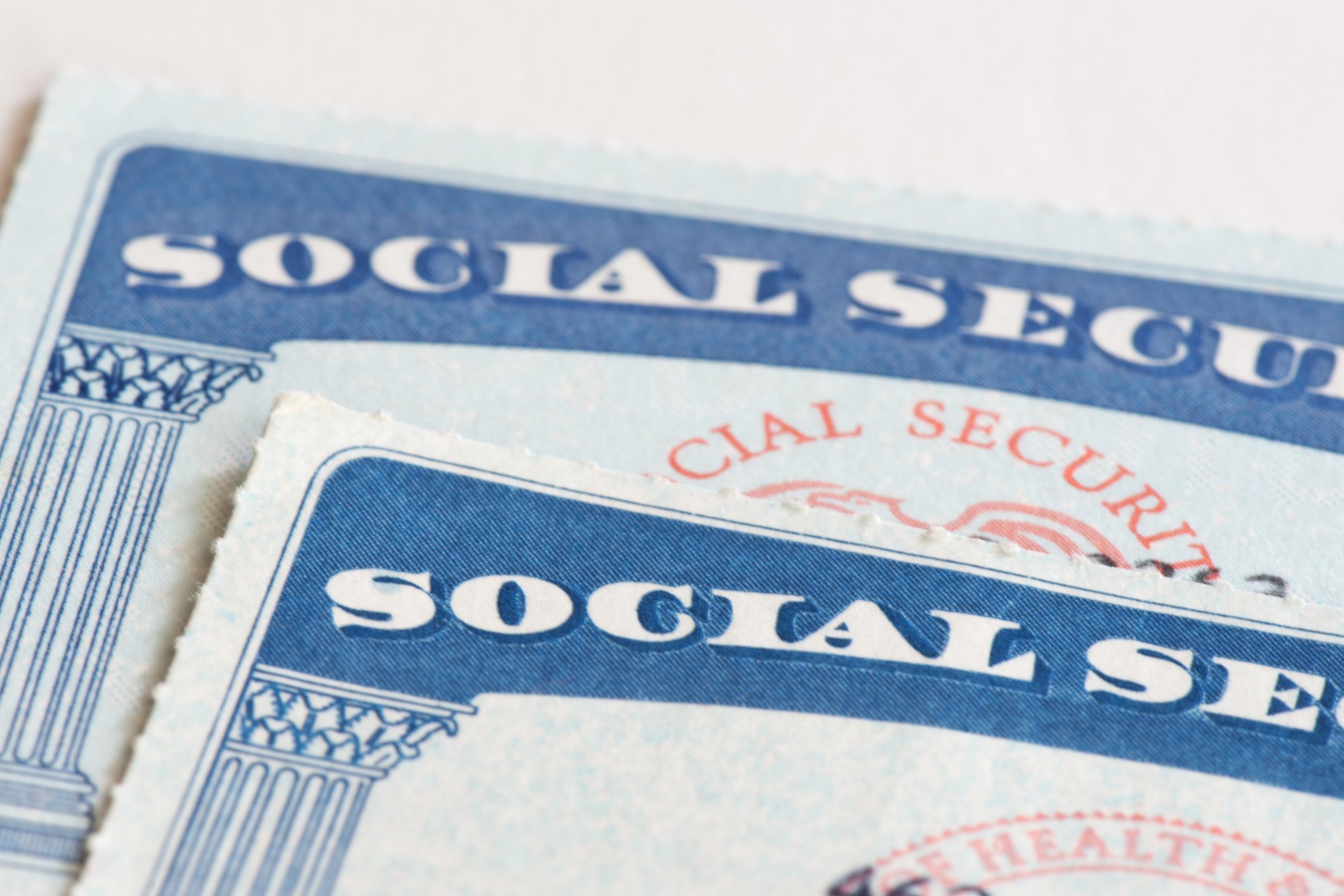You waited too long to begin saving for retirement. Or you borrowed some money from your retirement accounts. Maybe you were only guessing at how much you needed to save from the beginning. Retirement plans go off the rails for many reasons, but the end result is the same. If you don't take steps to correct your errors today, you'll run out of cash long before your life is over.
Fixing your mistakes isn't always easy, especially when retirement is coming up fast, but if you're diligent and willing to be flexible, you can still scrape together enough cash to cover your basic expenses in retirement. Start with these three steps.

Image source: Getty Images.
1. Recalculate how much you need to save for retirement
Even if you have created a retirement savings plan in the past, it's unlikely to be valid anymore if you haven't been keeping up with it. Failing to save regularly, not saving as much as your plan recommends, or borrowing money from your retirement savings all place a greater financial burden on you in your later years, and you'll have to save more per month in order to retire comfortably.
Create a new plan from scratch, rather than returning to your old one. Estimate the length of your retirement by subtracting your planned retirement age from your estimated life expectancy, which could easily be 90 or higher if you're reasonably healthy. Next, calculate your living expenses in retirement and multiply these by 12 to get your estimated annual expenses.
Then, multiply the result by the number of years of your retirement, adding 3% annually for inflation. A retirement calculator will take care of this last bit of math for you and will also calculate how much your investments could grow. Use a 5% or 6% annual investment rate of return to be conservative.
Once you've entered all this in, your calculator should tell you the total cost of your retirement and the amount you must save per month to hit your goal.
You won't have to cover all of these costs on your own. Social Security will pay for some of it, and you can estimate how much by creating a my Social Security account. A pension or a 401(k) match might also cover some of your expenses. Subtract these amounts from your total retirement expenses to figure out how much you need to save on your own.
2. Make adjustments as needed
Hopefully your monthly savings goal is something you can comfortably afford, but this might not be the case, especially if you've neglected your retirement savings for a long time. If so, consider some adjustments to your retirement plan to end up with a savings goal that's achievable.
There are a few ways to approach this. The easiest is to delay your retirement by a few months or years. This has the dual benefit of decreasing the length of your retirement while also giving you more time to save. You could also try reevaluating your retirement budget, by cutting back on travel or downsizing your home.
Raising your income is another option. Consider an extra job, switching employers, or going after promotions at your current job. If you own multiple properties, you could rent some out for extra money. Run these different scenarios through your retirement calculator until you find a solution that works for you.
3. Start regular contributions to your retirement account
Once you have a working plan, your next step is putting it into action. Open retirement accounts if you don't already have them. Your employer may offer a 401(k), and this is the best place to start if your company matches your contributions. You can contribute up to $19,000 to a 401(k) in 2019 or $25,000 if you're 50 or older. An IRA is another option if your company doesn't offer a 401(k). Anyone earning income can open one of these and contribute up to $6,000 in 2019 or $7,000 if you're 50 or older.
If you want to stretch your retirement dollars the furthest, you must choose the type of retirement account that will allow you to pay the least in taxes. Tax-deferred retirement accounts, including traditional IRAs and most 401(k)s, give you a tax break in the year you make your contributions, but then you must pay taxes on your retirement distributions. These accounts are best if you believe you're in a higher tax bracket today than you will be in retirement. Roth accounts work the other way. Your contributions are taxed this year, but afterward, these savings grow tax-free. This is the better choice if you think you're in the same or a lower tax bracket now than you will be in retirement.
You should have come up with a workable retirement plan if you followed the above steps, but you might still have to make some budget changes to free up the cash. Look for areas to reduce your spending, like dining out less, canceling subscriptions you don't use, and seeking out free or cheaper forms of entertainment.
These three tips will get you started, but you should also reevaluate your retirement plan at least once a year in case you need to make changes to it. A job change, a new retirement dream or goal, or an unexpected health issue could derail your existing plan, and it's easier to make small changes annually than to figure out how to cover the shortfall once you're already retired.





